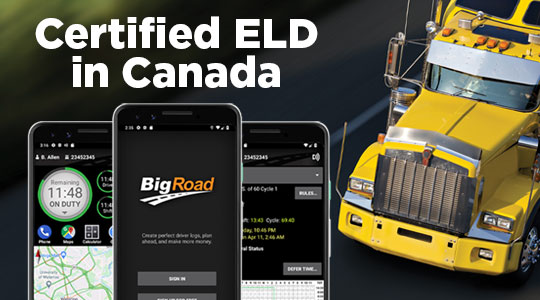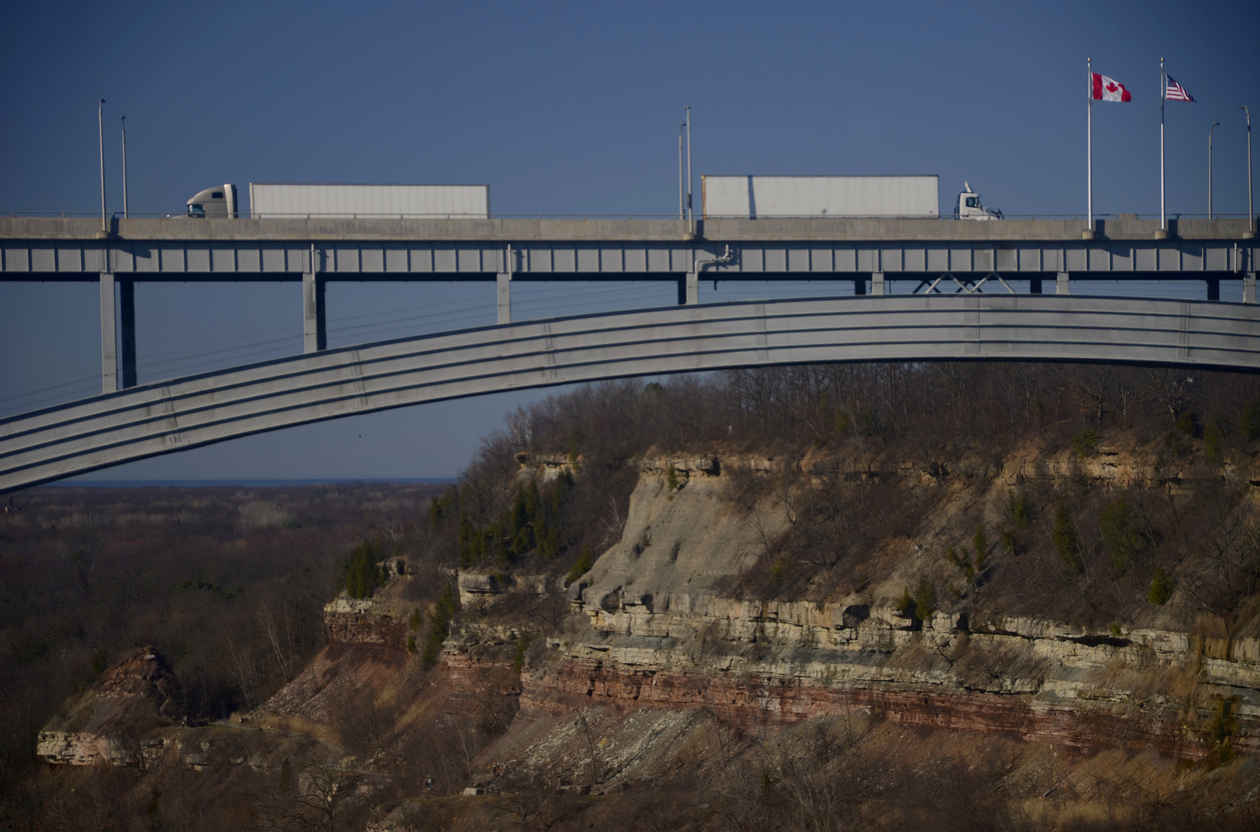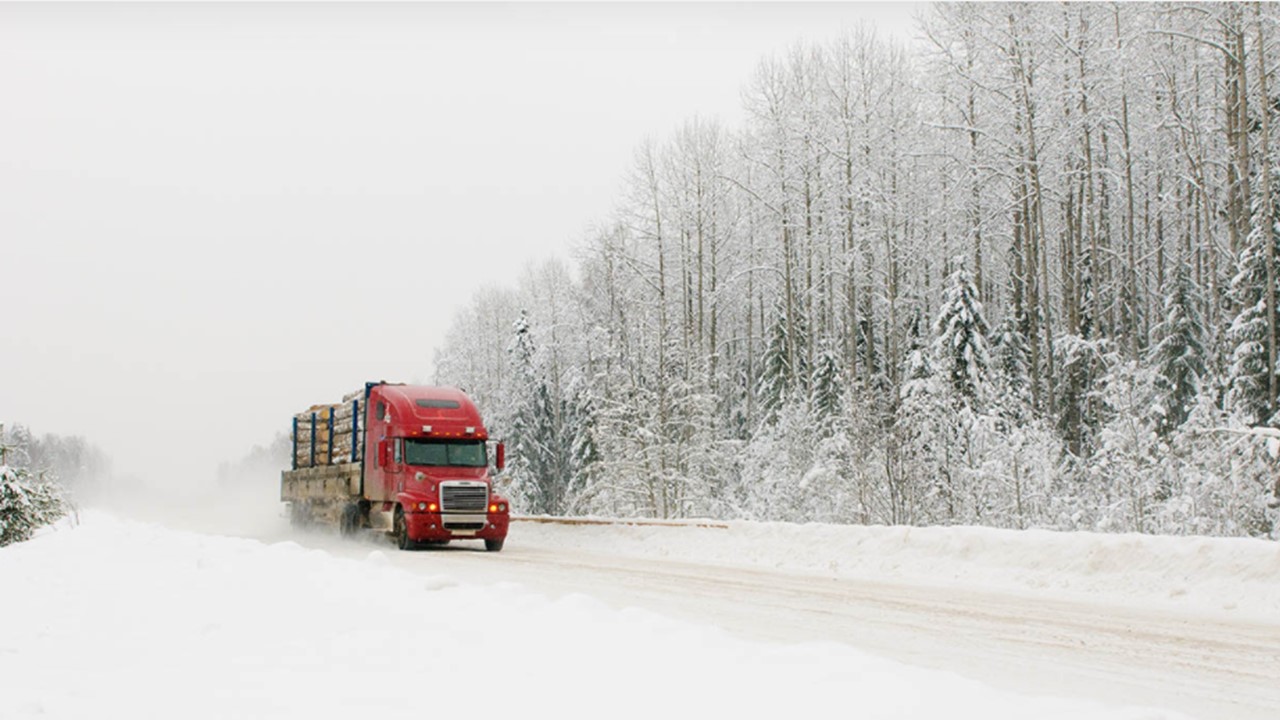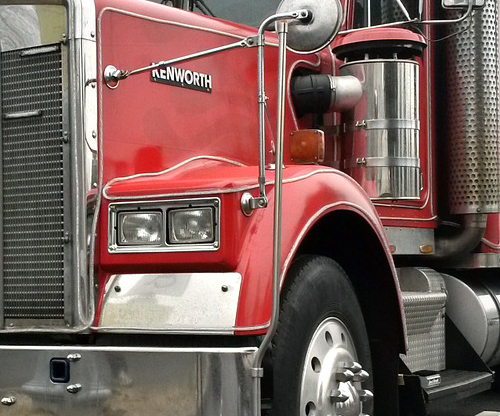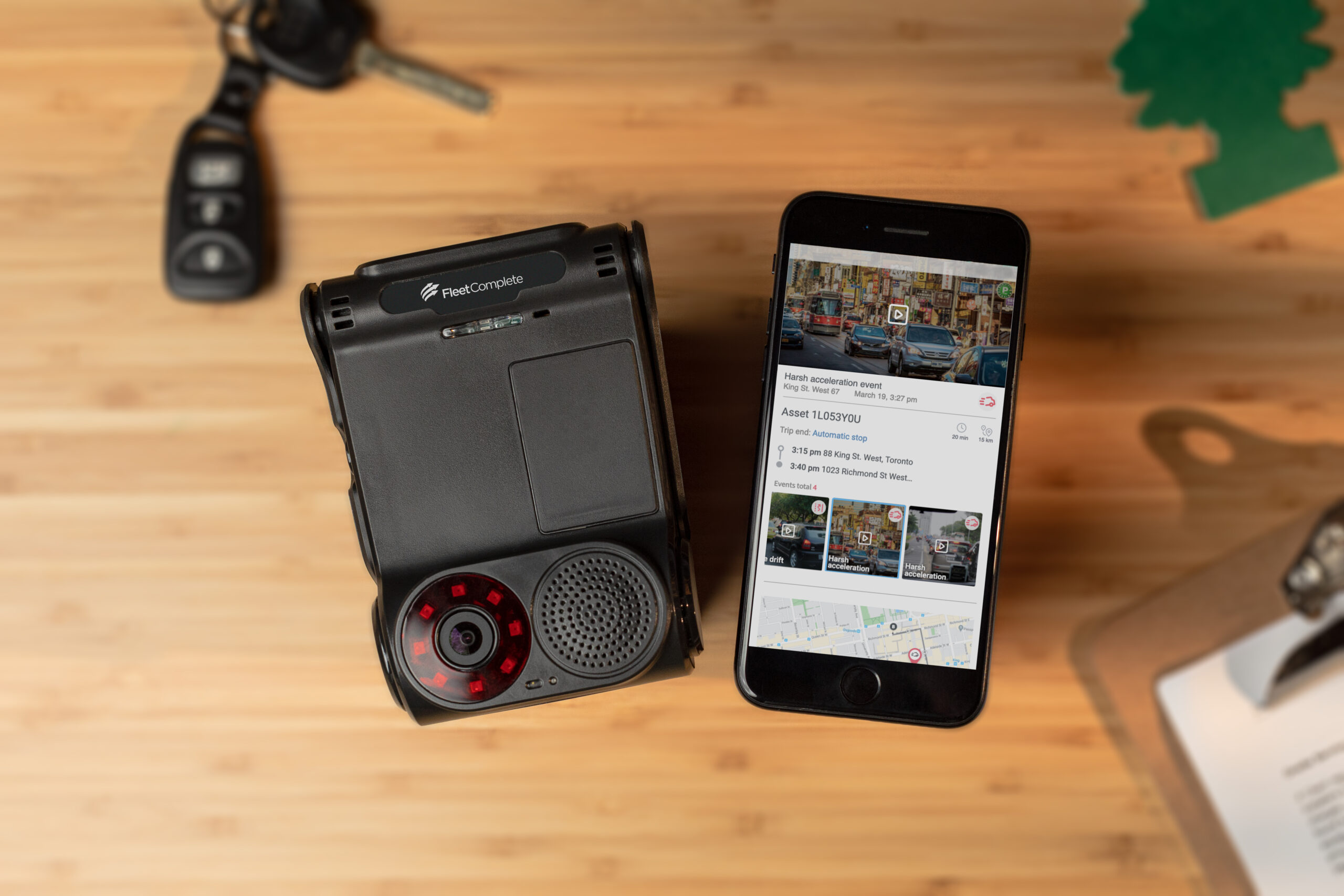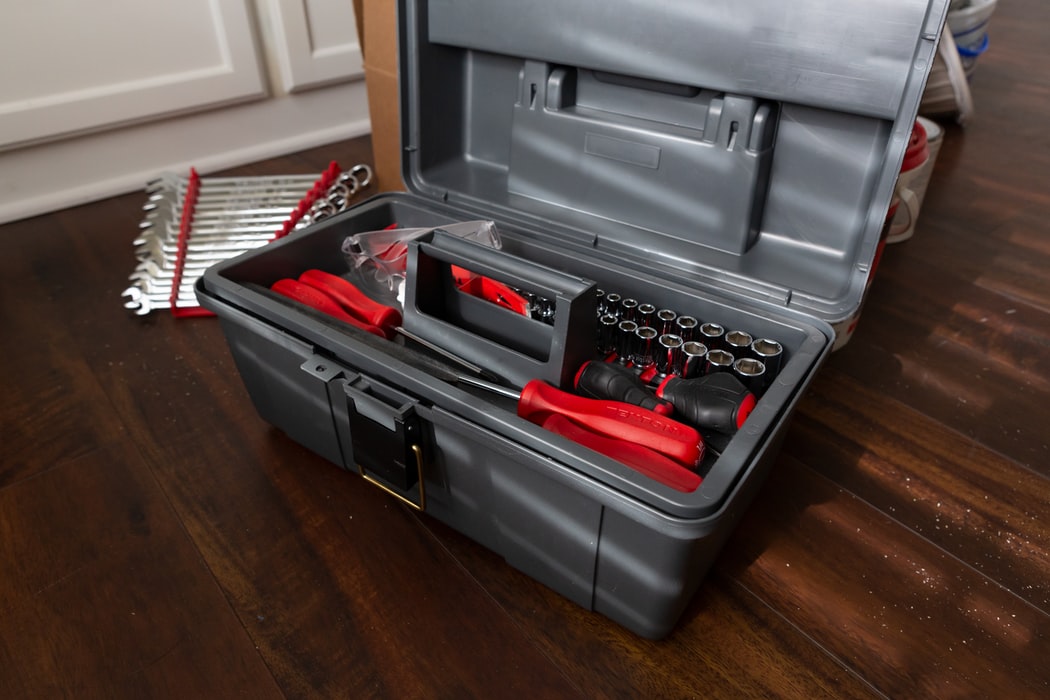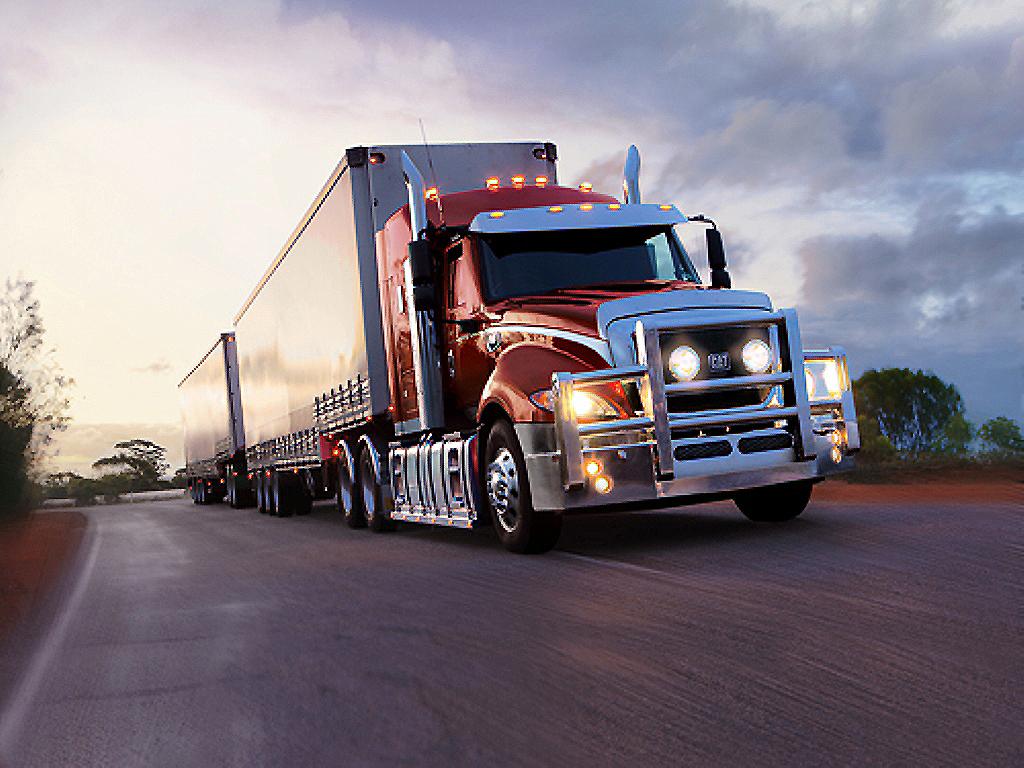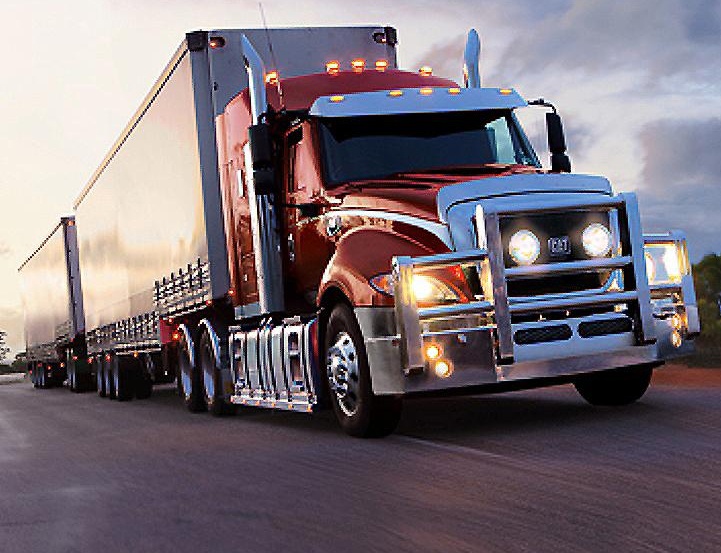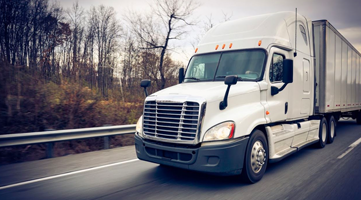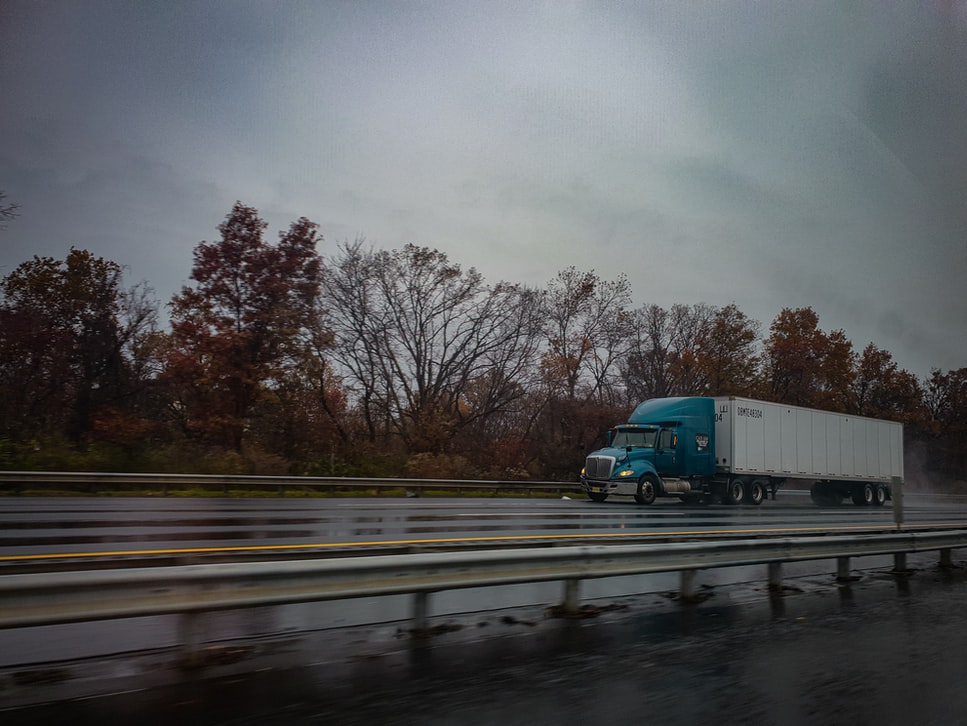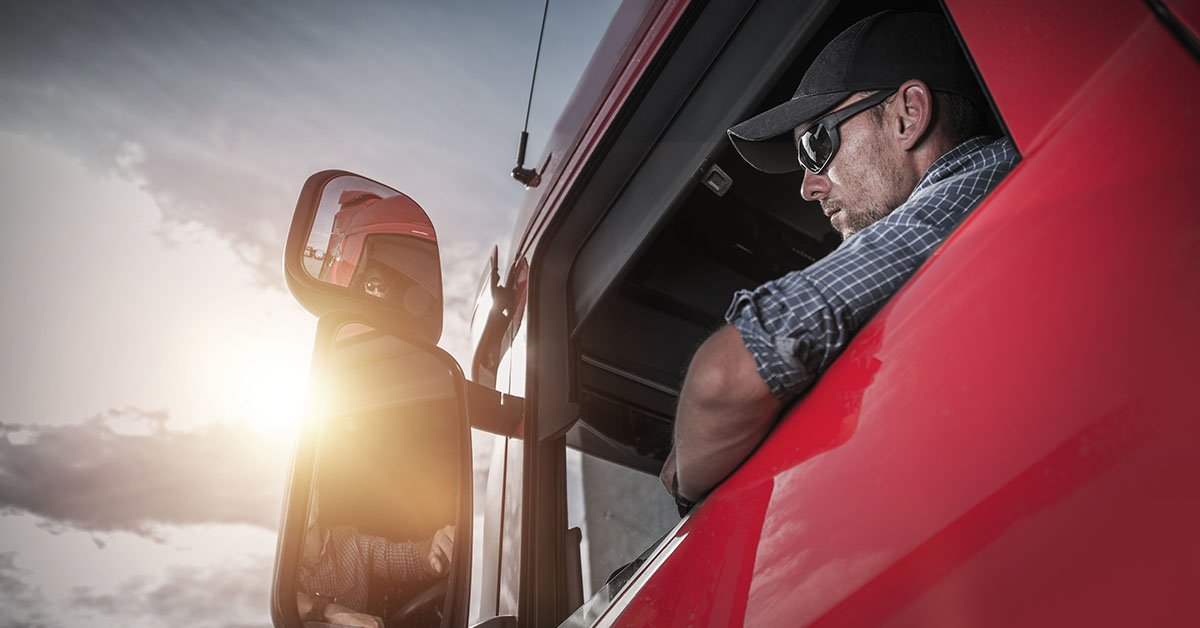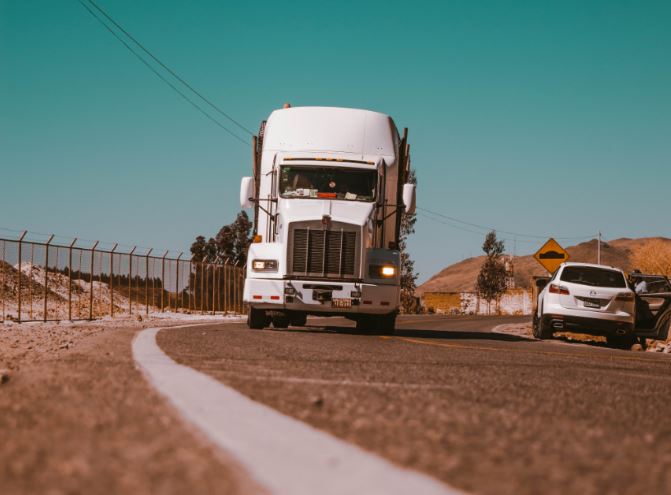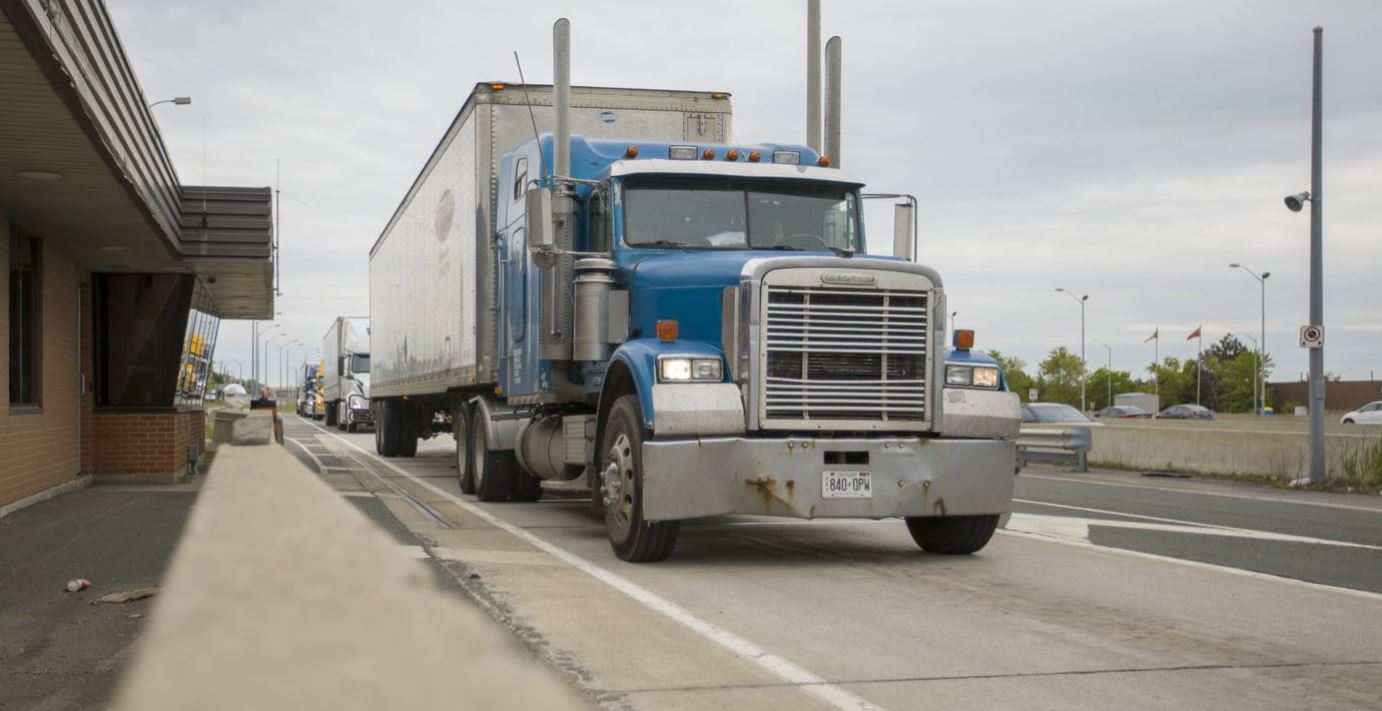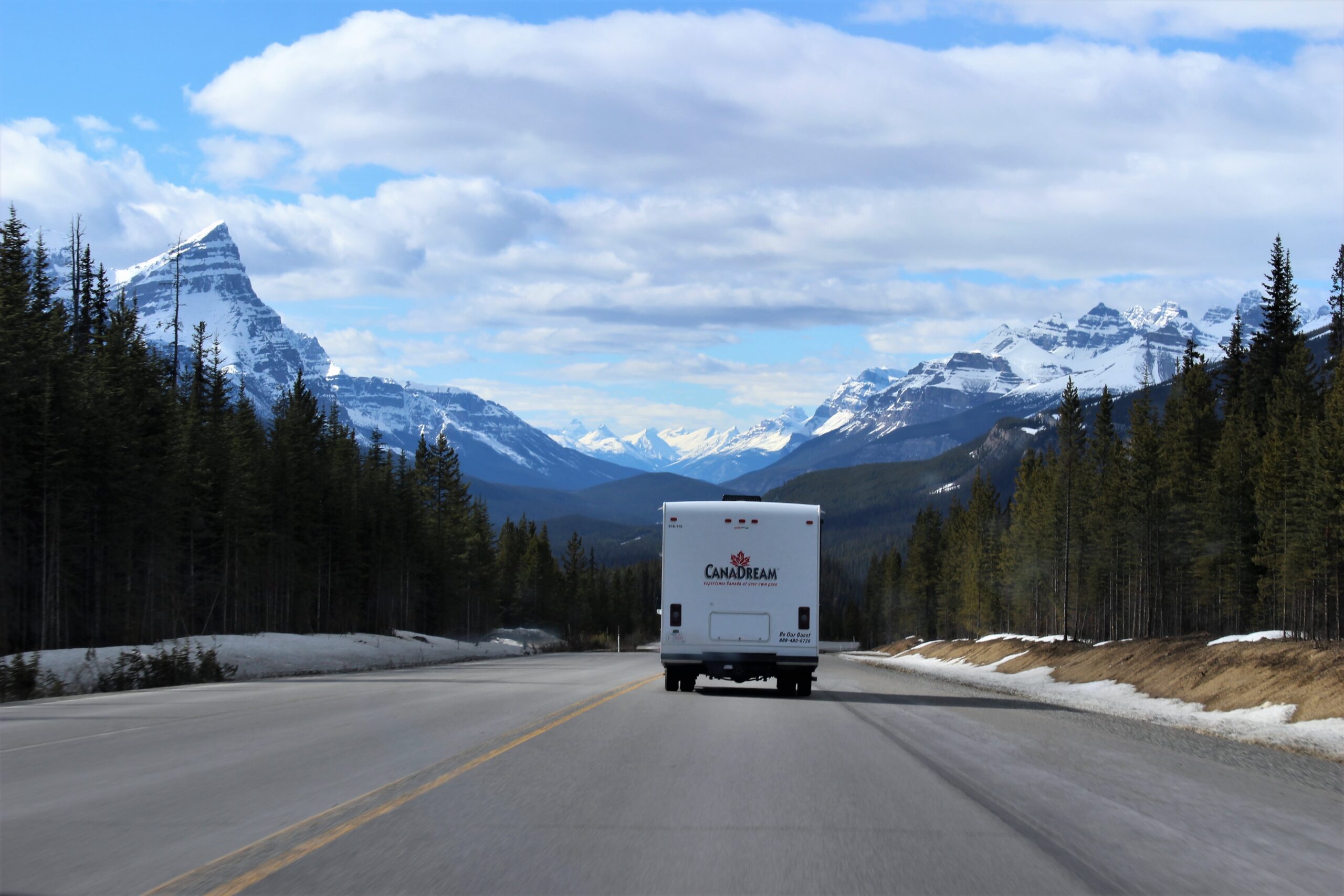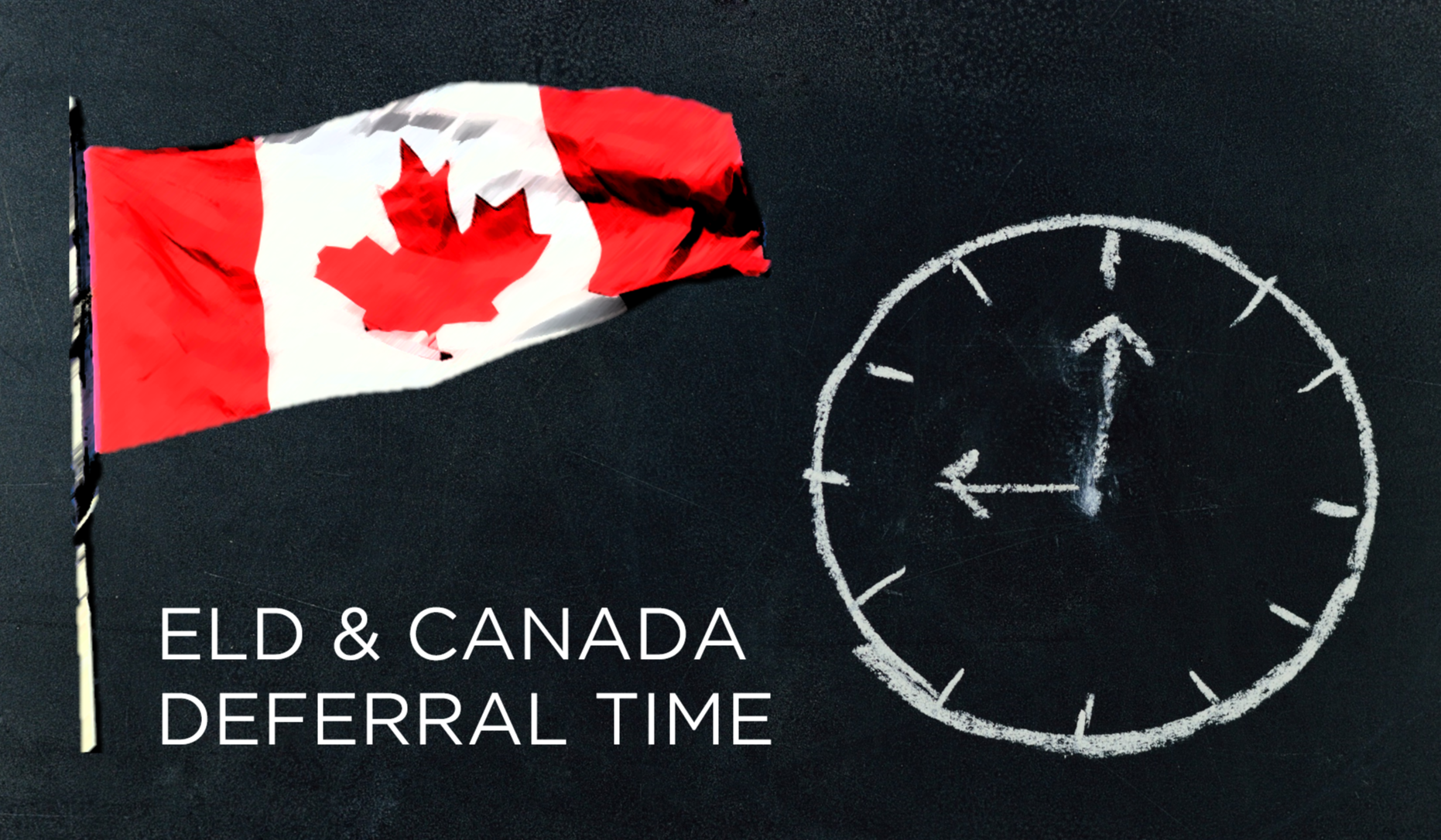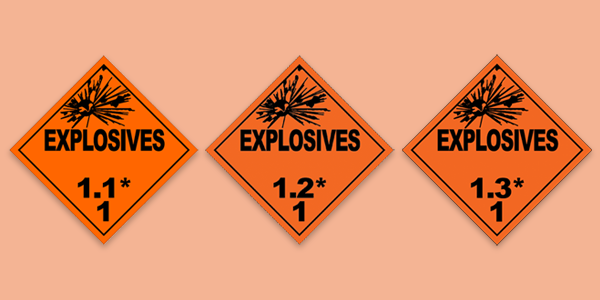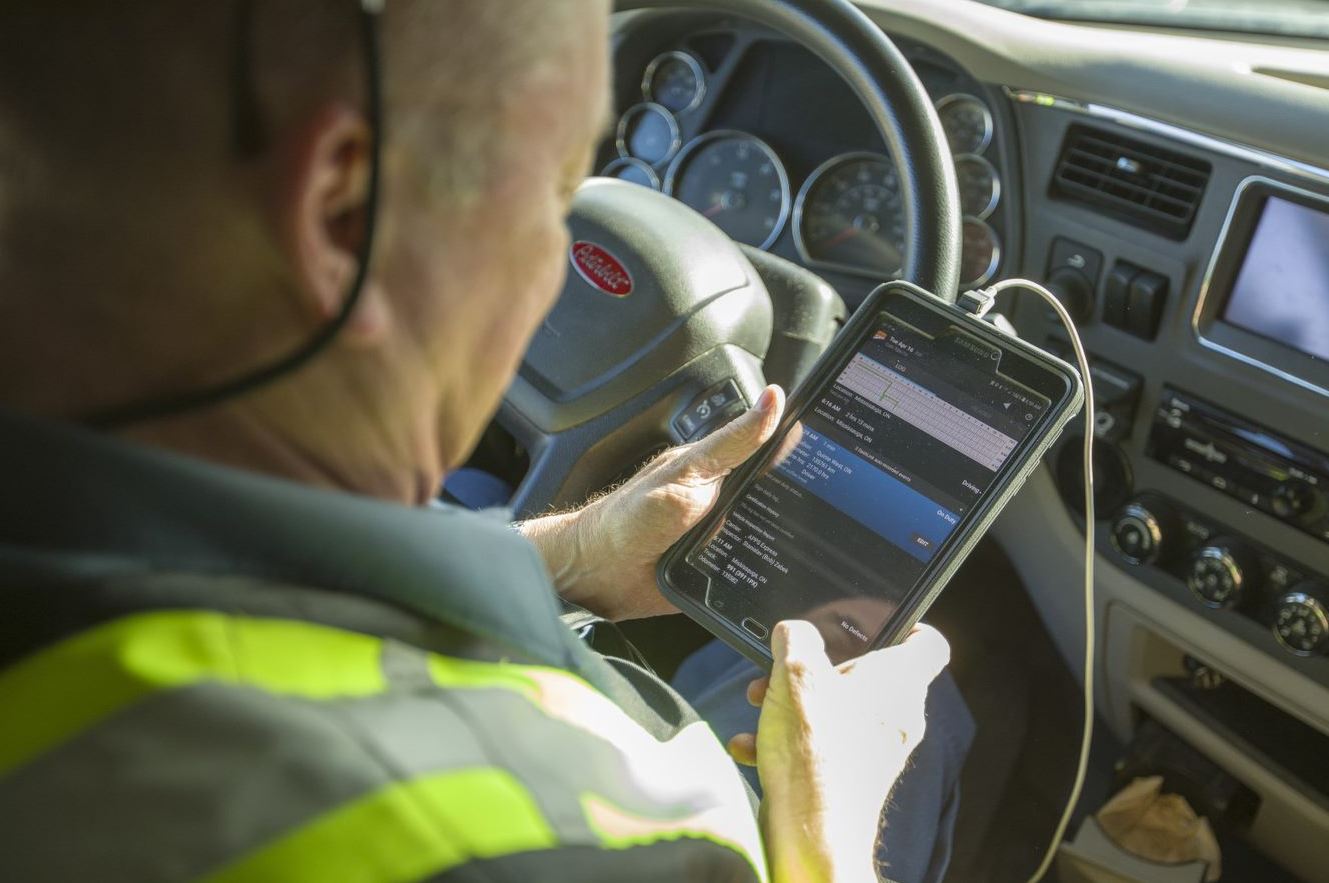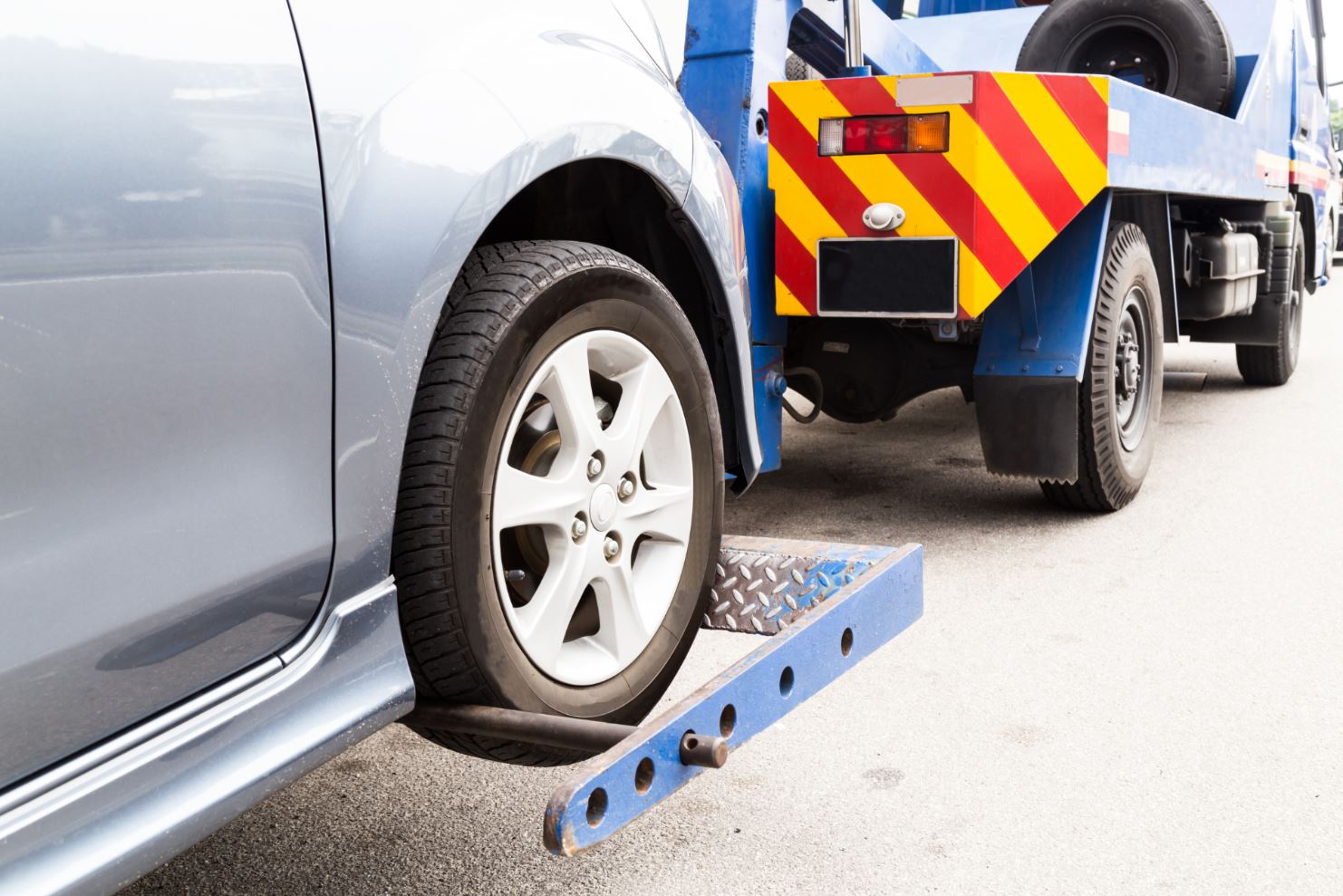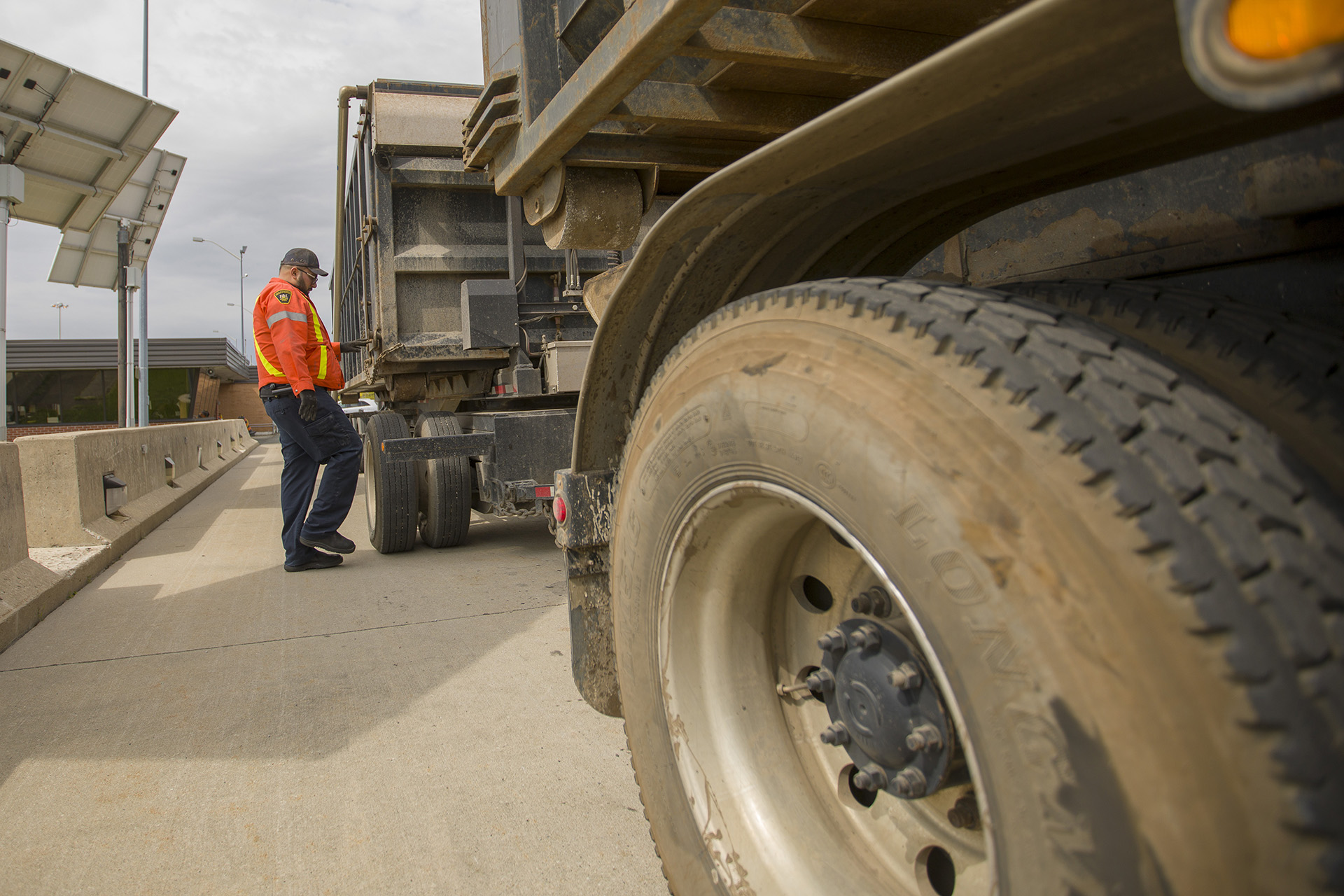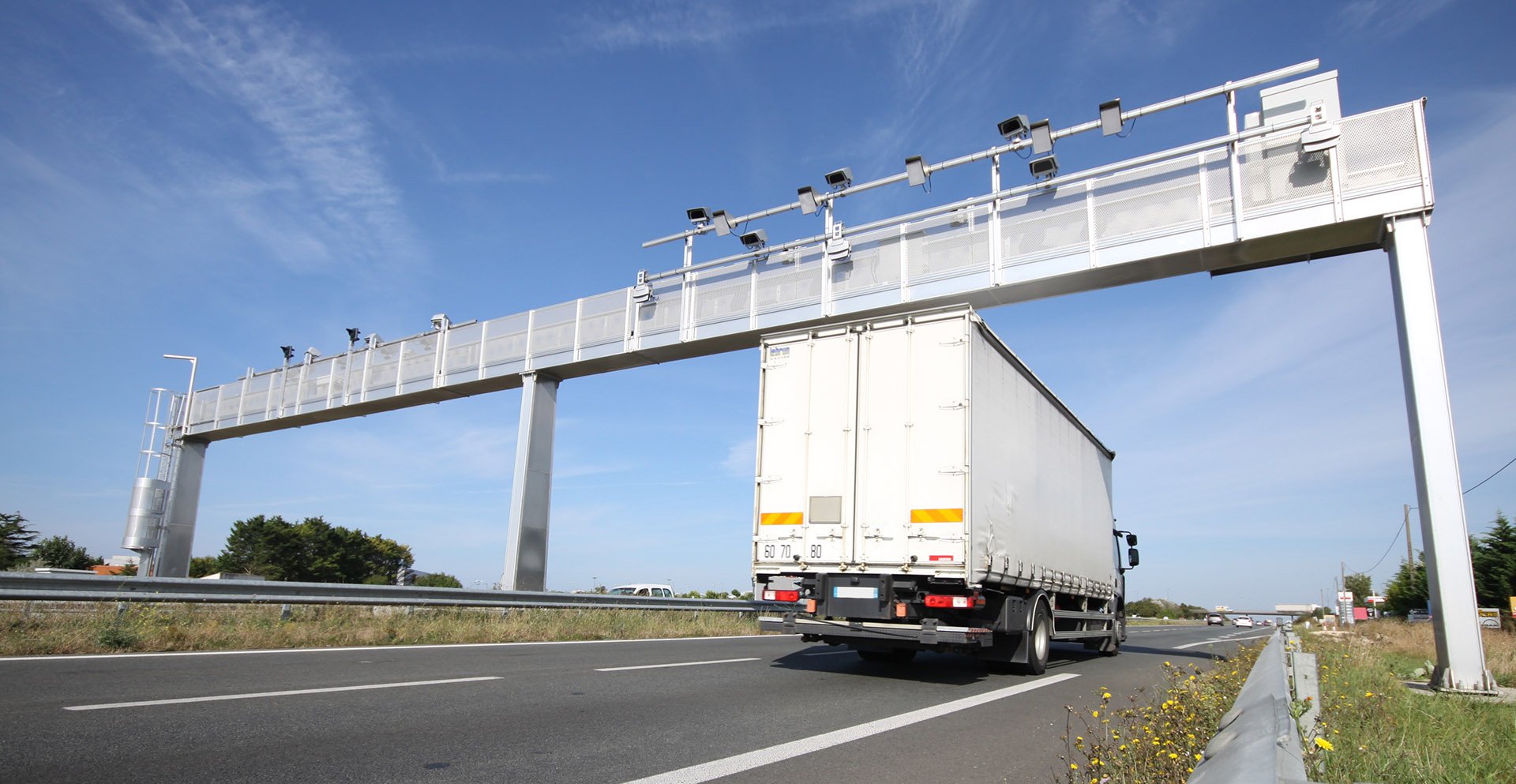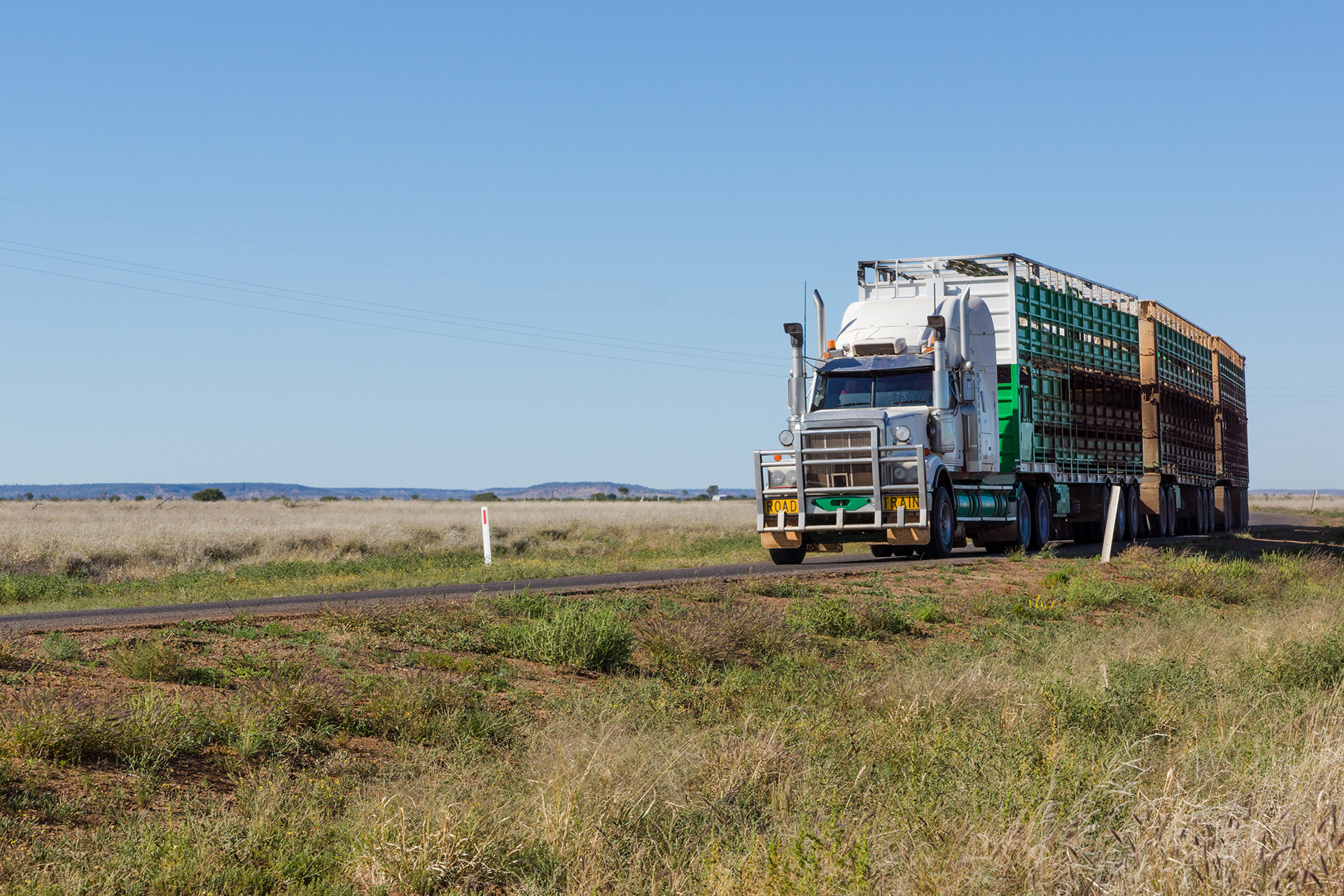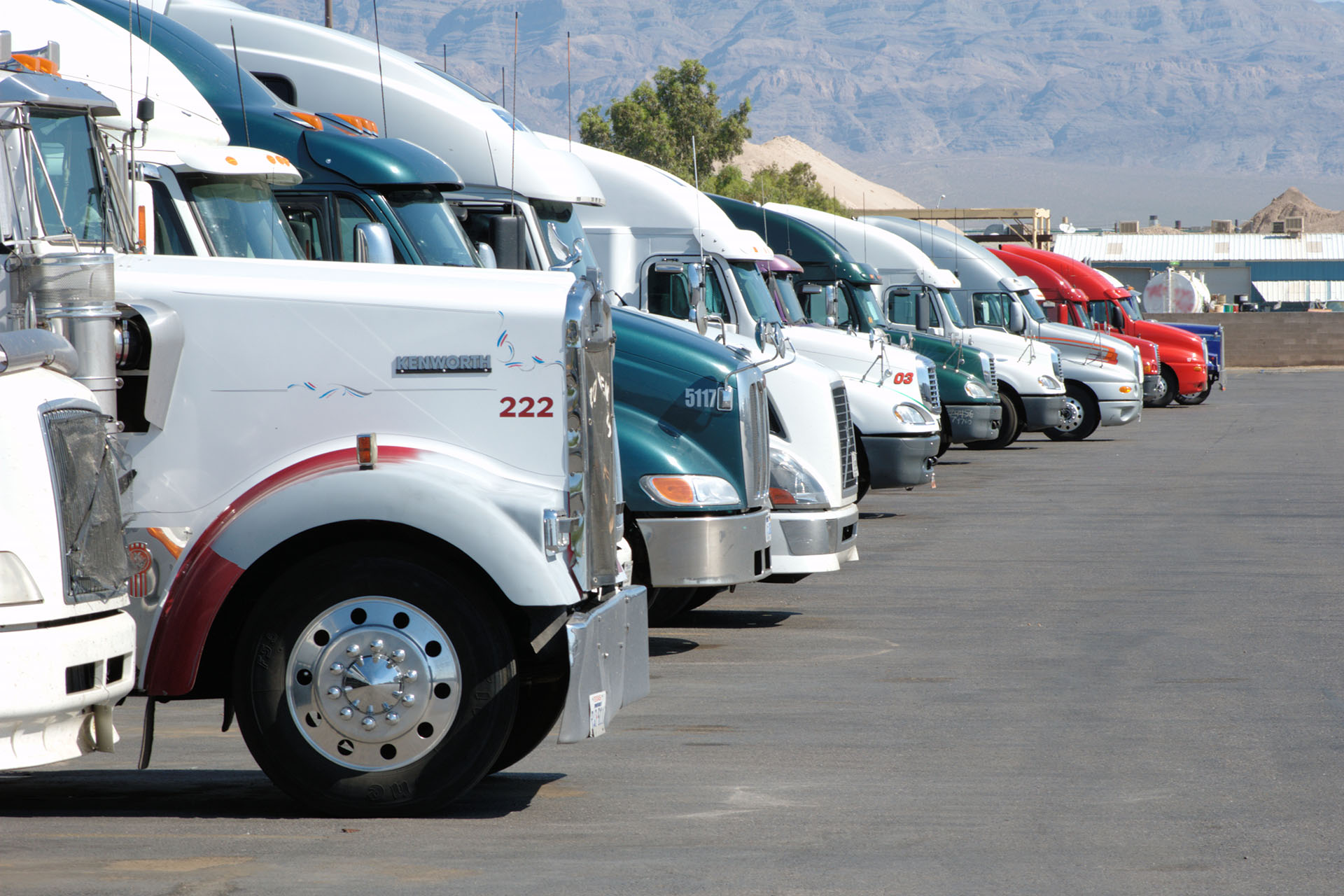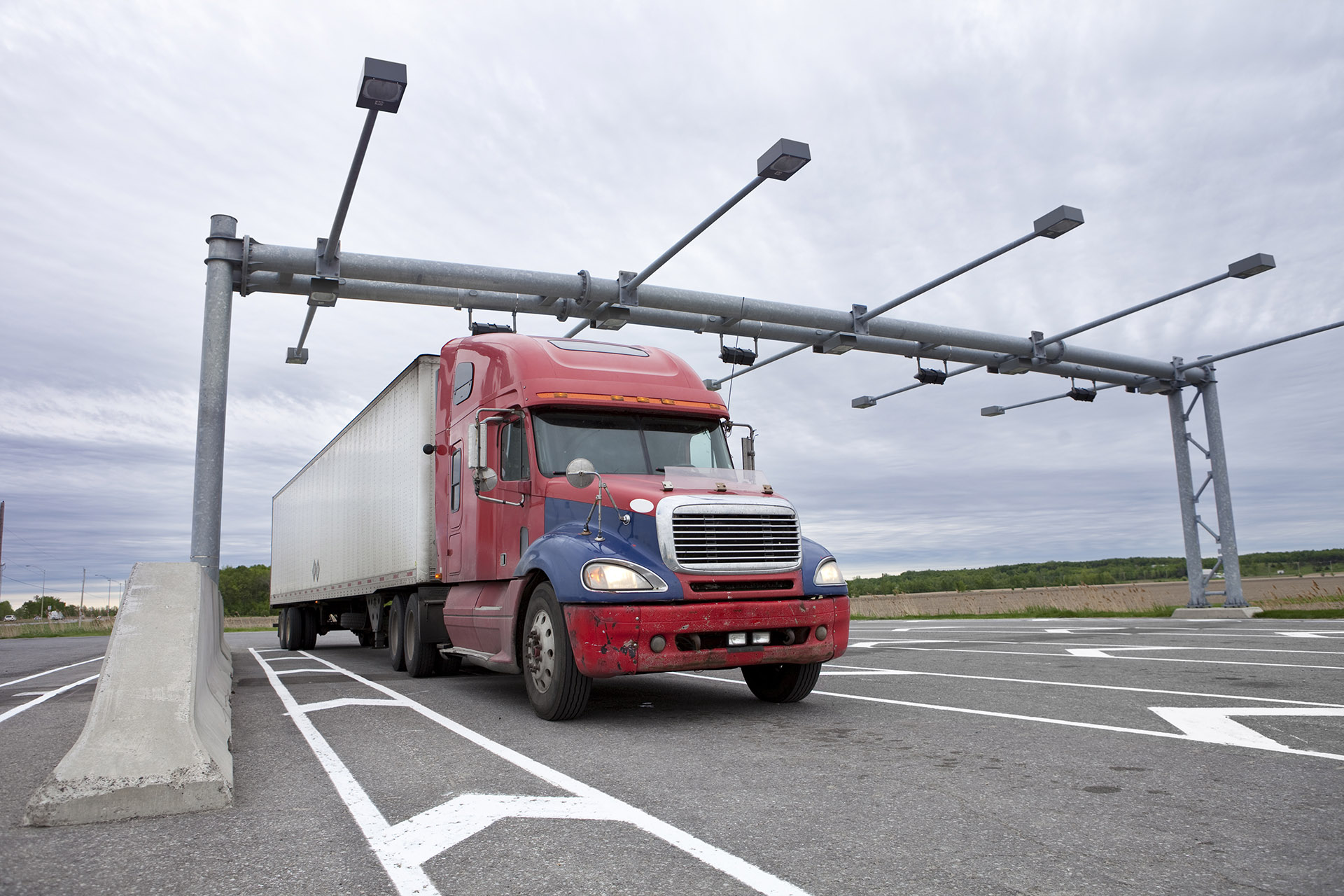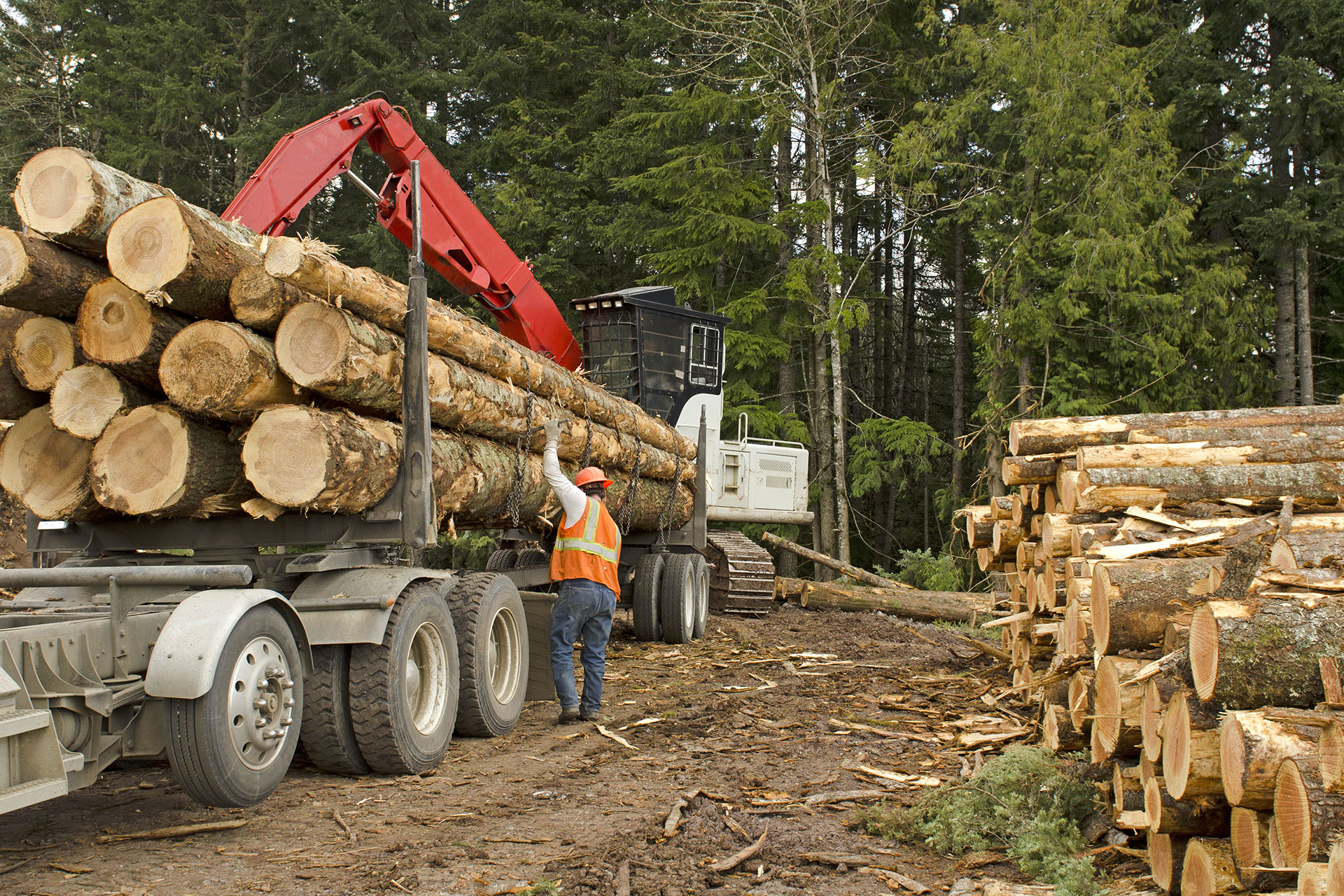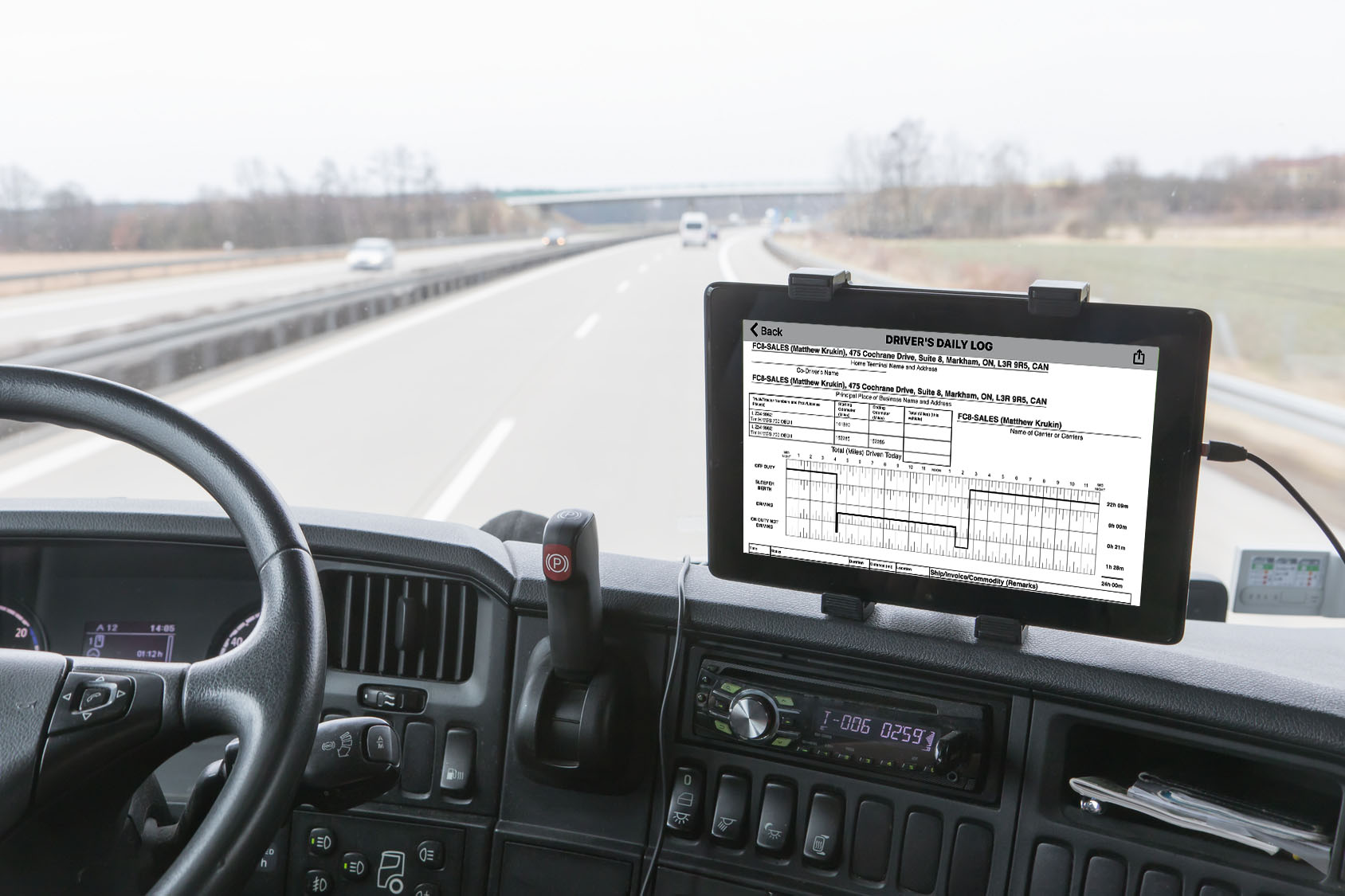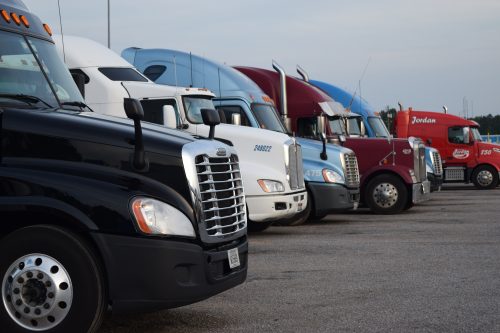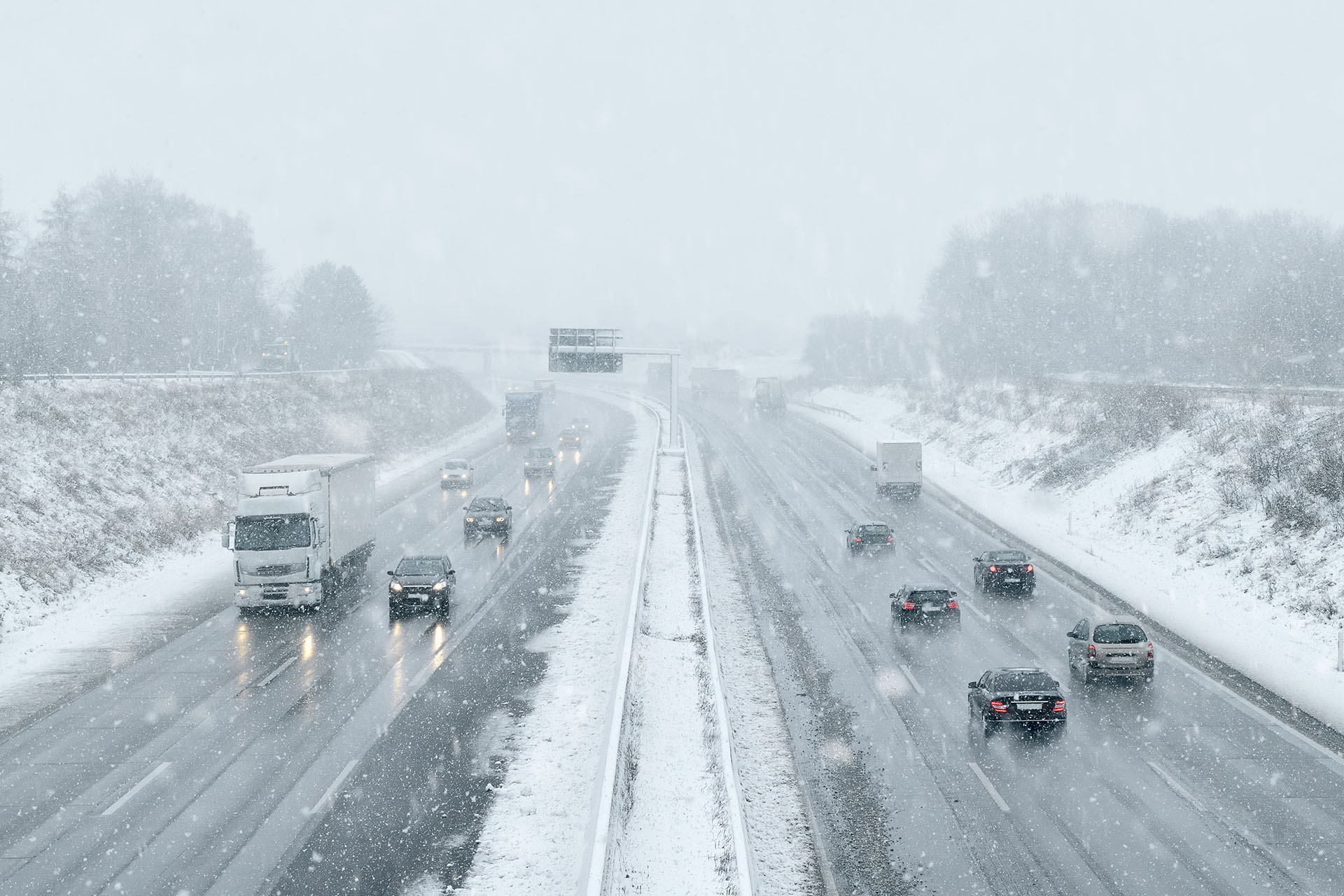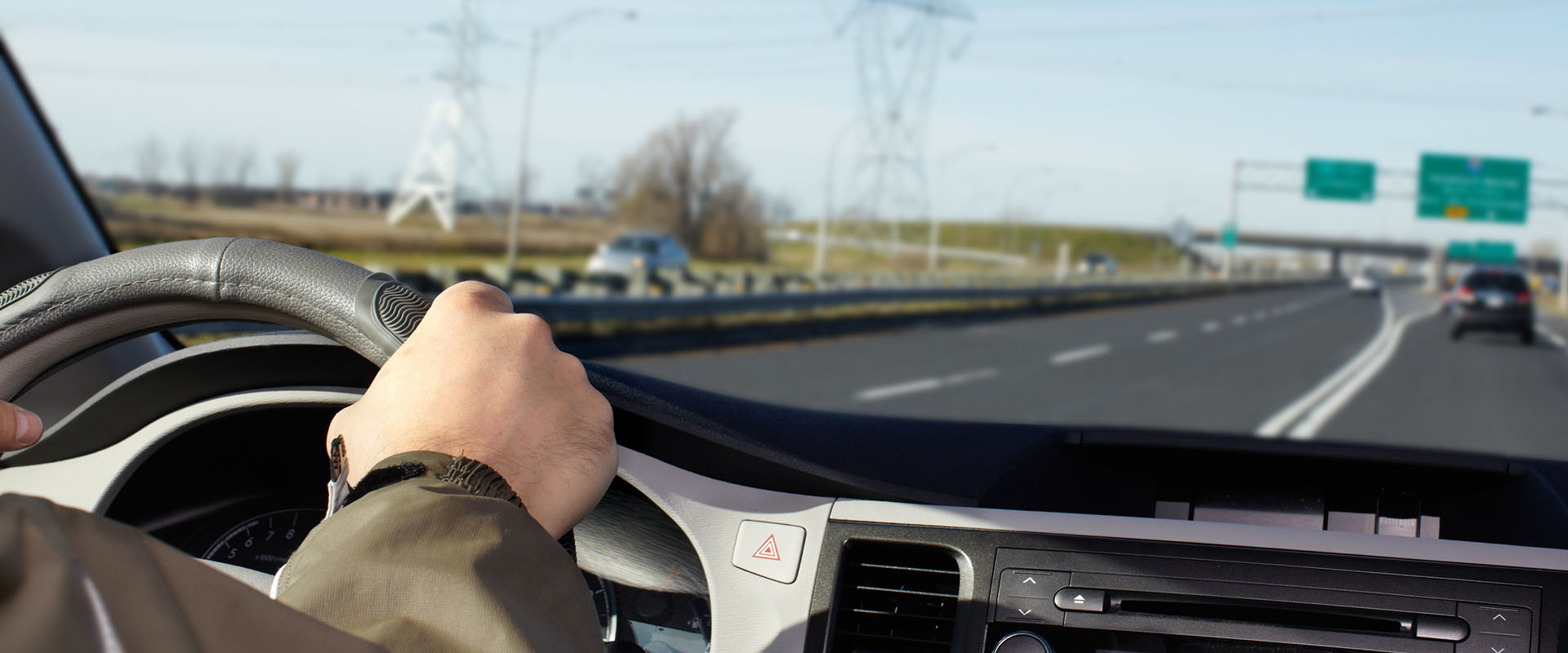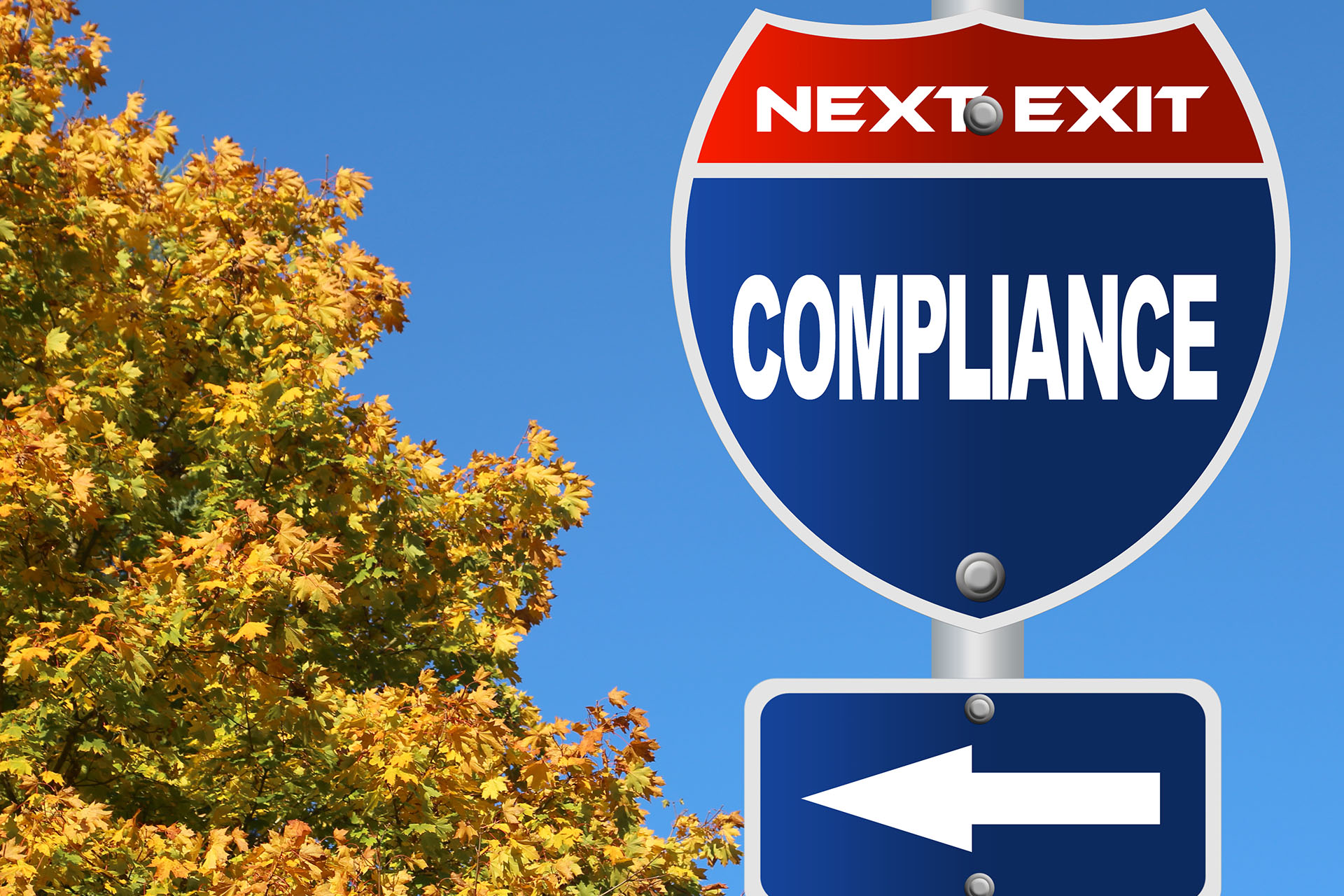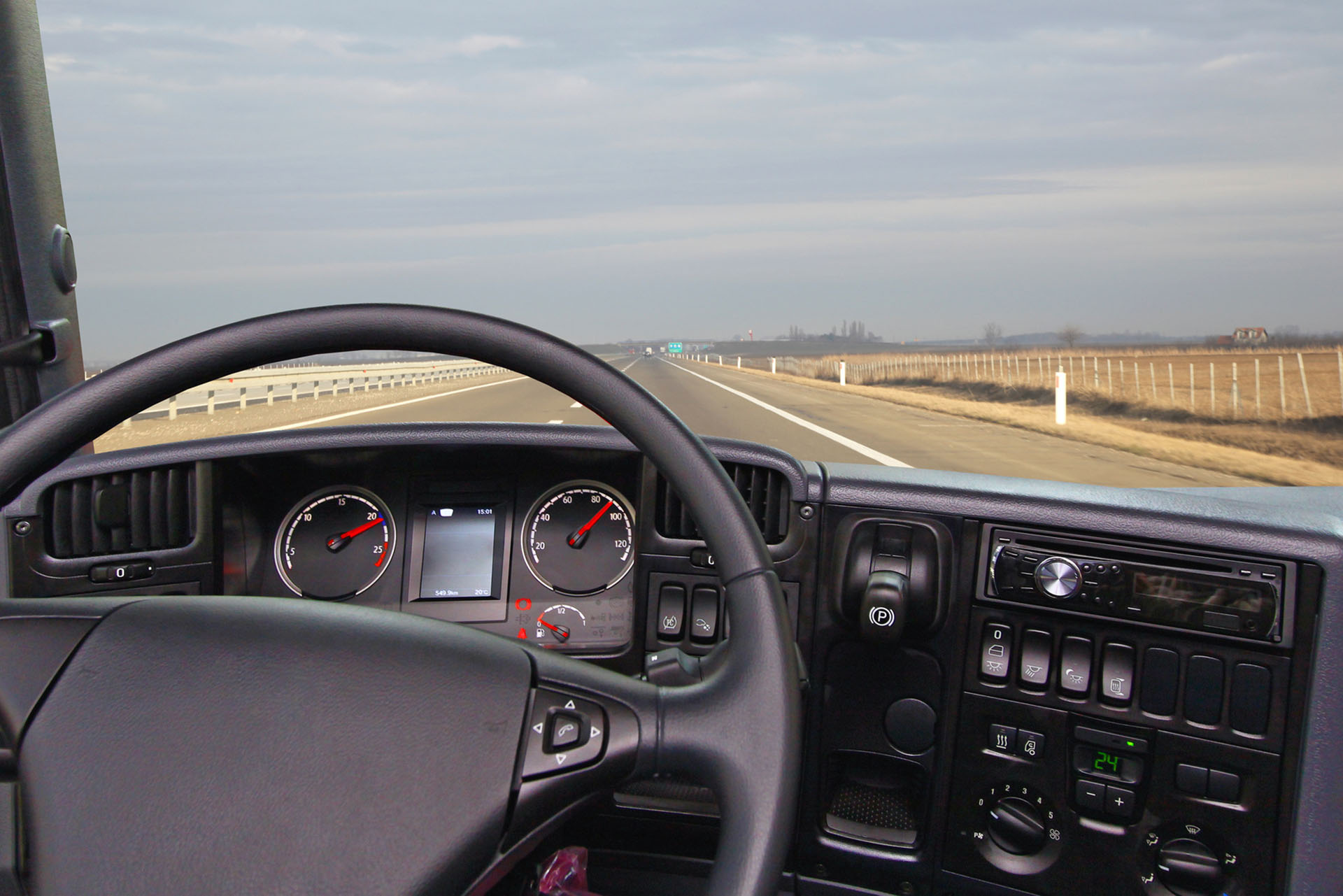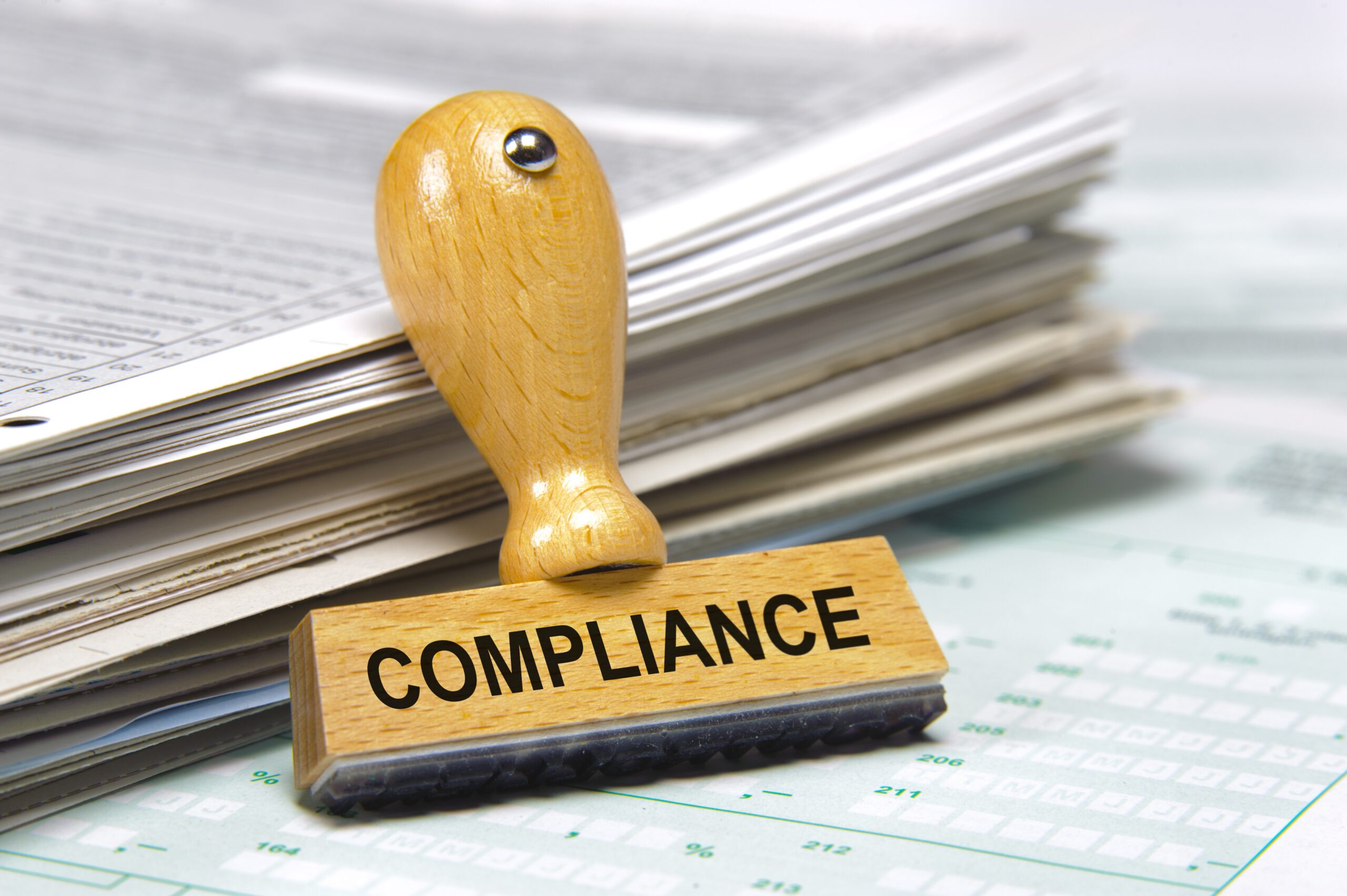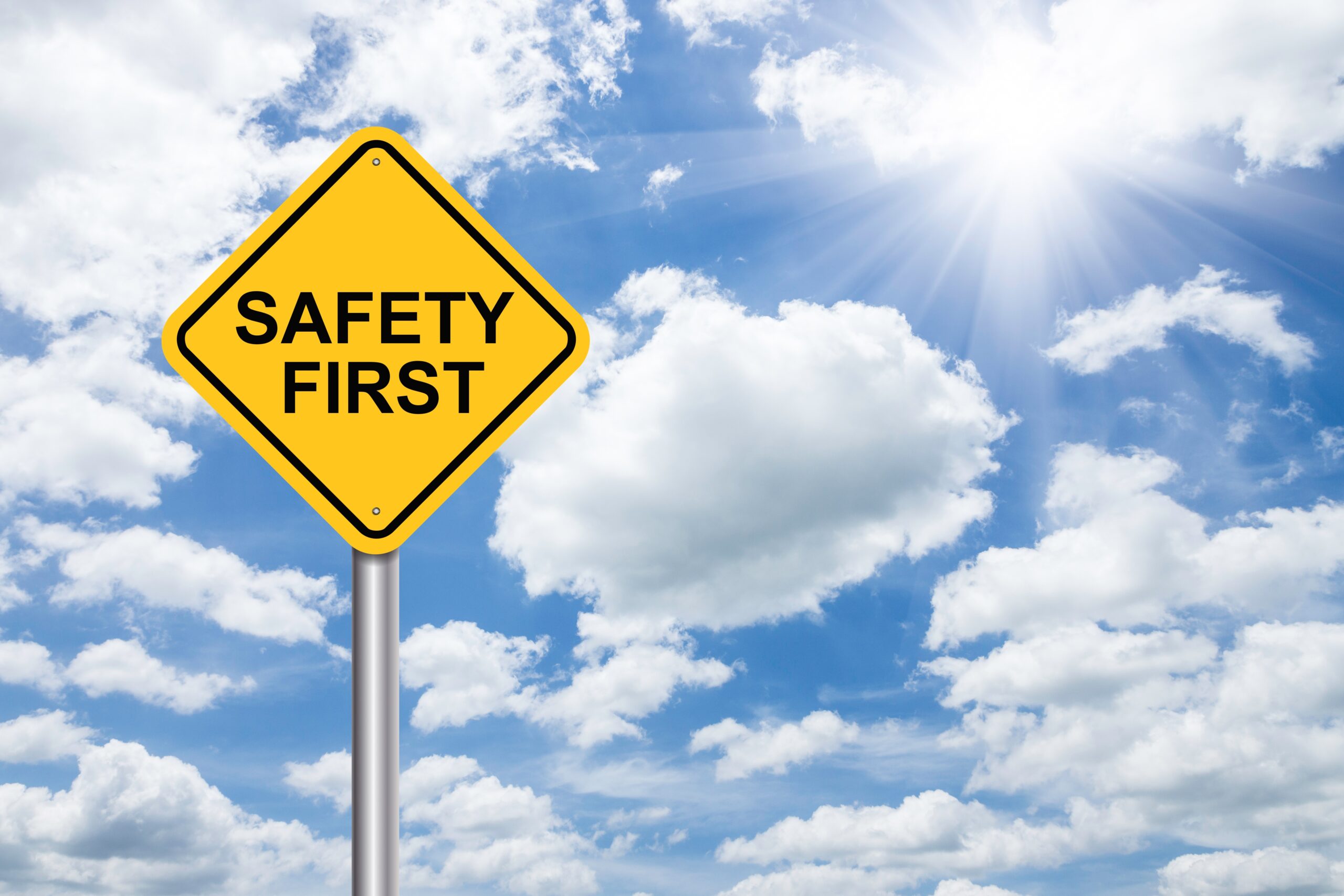Dear Marc,
We have been notified by DOT inspectors in Northern Ontario that we are required to have the trailer plate number in the top of our Elog and not only in the inspection portion. We received a warning and were told that the next time it will be a $385.00 fine. Would you be able to please clarify?
Scroll further for U.S. requirements.
Dear Reader,
The requirement to enter a trailer plate and/or a trailer unit on a daily log as an alternative, is dependent on whether the motor carrier is regulated under the Canada Federal Motor Vehicle Transport Act as an extra provincial carrier, or is regulated under a provincial hours of service regulation.
I note that this driver in question’s HOS logs is entering locations in Ontario, therefore I will cite Ontario Regulation 555/06 – in my response below.
To begin, if we are describing a federally regulated motor carrier, the contents of a daily log requirement are described in section 82 (1) (c) of the Federal Motor Transport Act – Commercial Vehicle Drivers Hours of Service Regulations SOR/2005-313. This section prescribes that at the beginning of each day, a motor carrier shall require that a driver enters legibly and the driver shall enter legibly the commercial vehicle licence plates or unit numbers in the daily log.
On the other hand, if the motor carrier is an intra-provincial carrier regulated under provincial Highway Traffic Act Ontario Regulation 555/06- HOURS OF SERVICE, section 19. (1) 8 of 555/06 will apply. Specifically, a driver shall, at the start of each day, enter the number plate of each commercial motor vehicle to be driven, and each trailer to be drawn by the driver on the day in the daily log. Therefore, since the option of entering the unit number is not specifically reference in regulation, a driver must according to 555/06 enter the trailer plate if operating provincially in Ontario.
In the situation described above, it is advised that in order to be compliant the driver using BigRoad ELD app needs to enter the trailer plate number in the Trailer Number data field.
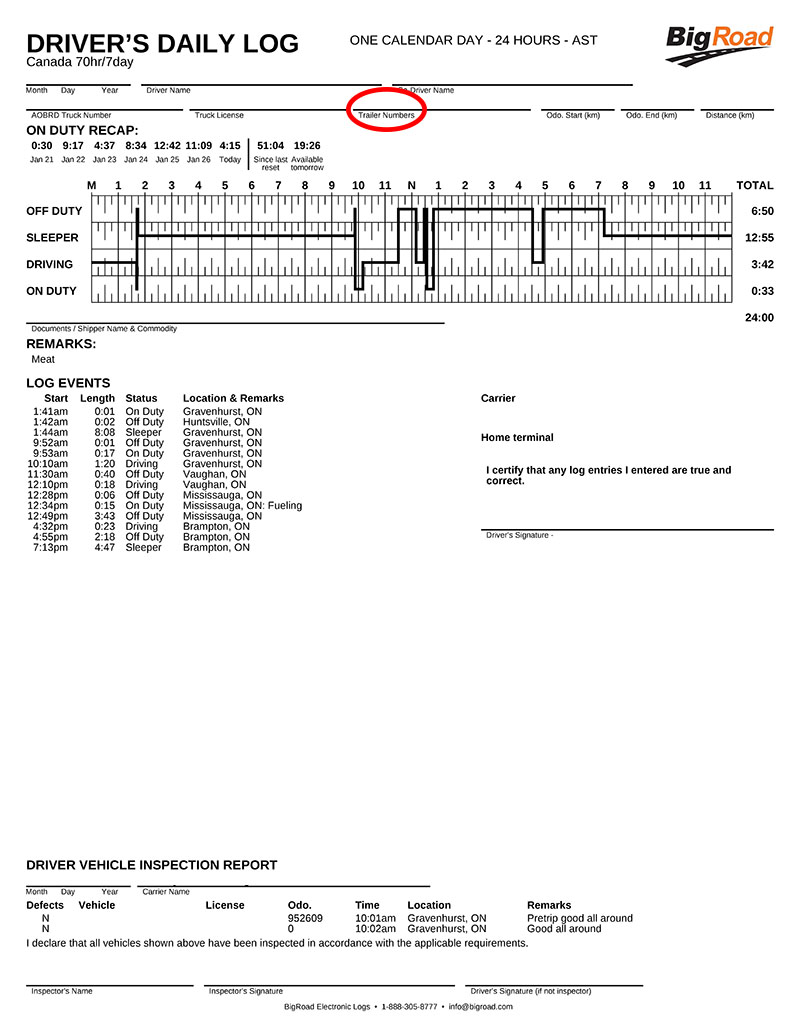
Explanation for License Plate and/or Unit Number requirements by jurisdiction are described below:
U.S. Federal
Part §395 HOURS OF SERVICE OF DRIVERS – Subsection 8 – Driver’s record of duty status. (d) (3) The following information must be included on the form in addition to the grid: Truck or tractor and trailer number. Therefore, ‘Number’ can refer to either ‘License’ and/or ‘Unit’ at this would comply under this Regulation.
Part 396 – INSPECTION, REPAIR, AND MAINTENANCE – Subsection – 11 (2) (i) requires that the report must identify the vehicle. It does not prescribe the specifics, but that vehicle must be identifiable in some fashion. Therefore, License Plate and/or Unit Number would comply under this Regulation.
Canada Federal
NSC Standard 13: Trip Inspections Subsection (5) (a) A person conducting an inspection in accordance with Schedule 1 or 2 or 3 shall prepare a report in a written or an equivalent electronic format that contains the following information:
- license plate or unit number(s) of the vehicle(s);
Therefore, License Plate and/or Unit Number would comply under this Federal Standard
STANDARD 9 – HOURS OF SERVICE Subsection 82. (1) At the beginning of each day, a motor carrier shall require that a driver enters legibly and the driver shall enter legibly the following information in the daily log:
(c) the commercial vehicle licence plates or unit numbers;
Therefore, License Plate and/or Unit Number would comply under this Federal Standard.
Provincial – Ontario – Subsection (1) Contents of daily log – A driver shall, at the start of each day, enter the following information in the daily log:
- The number plate of each commercial motor vehicle to be driven and each trailer to be drawn by the driver on the day.
Therefore, only the License Plate would comply under this Provincial Regulation.
I wish the rules would be universal across all jurisdiction, but unfortunately they are not!






